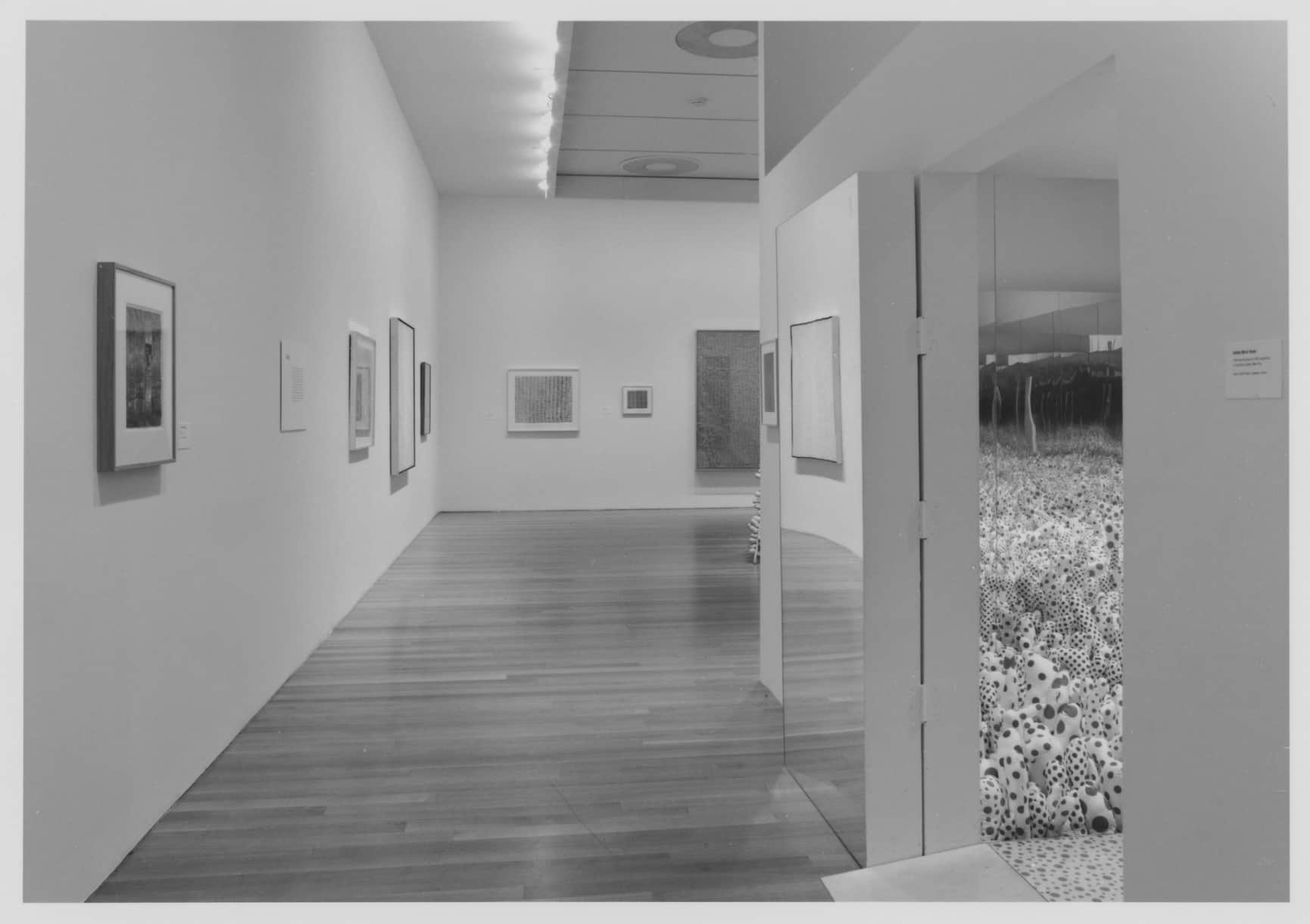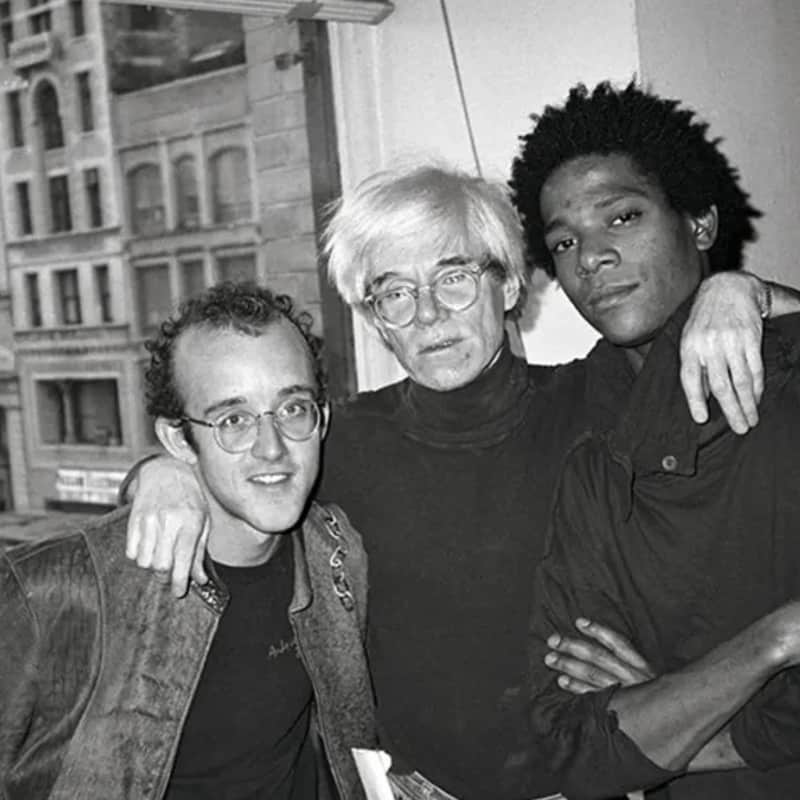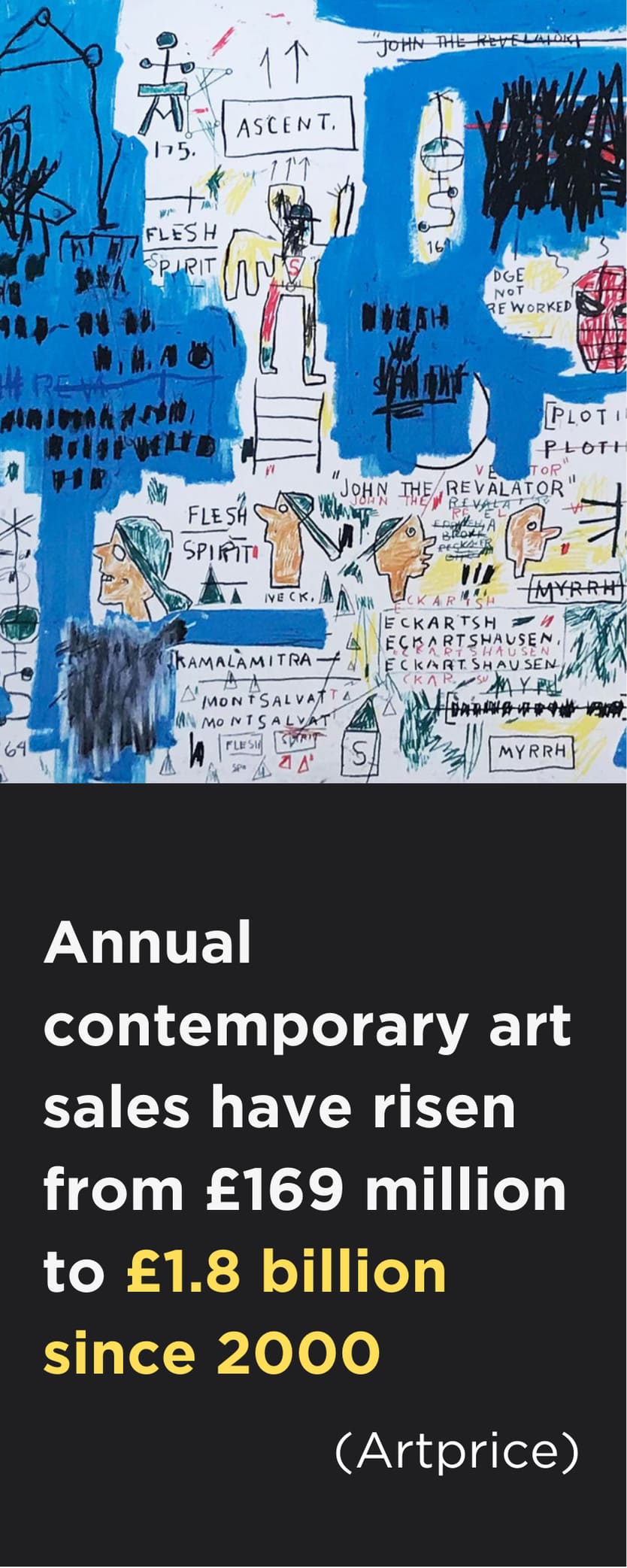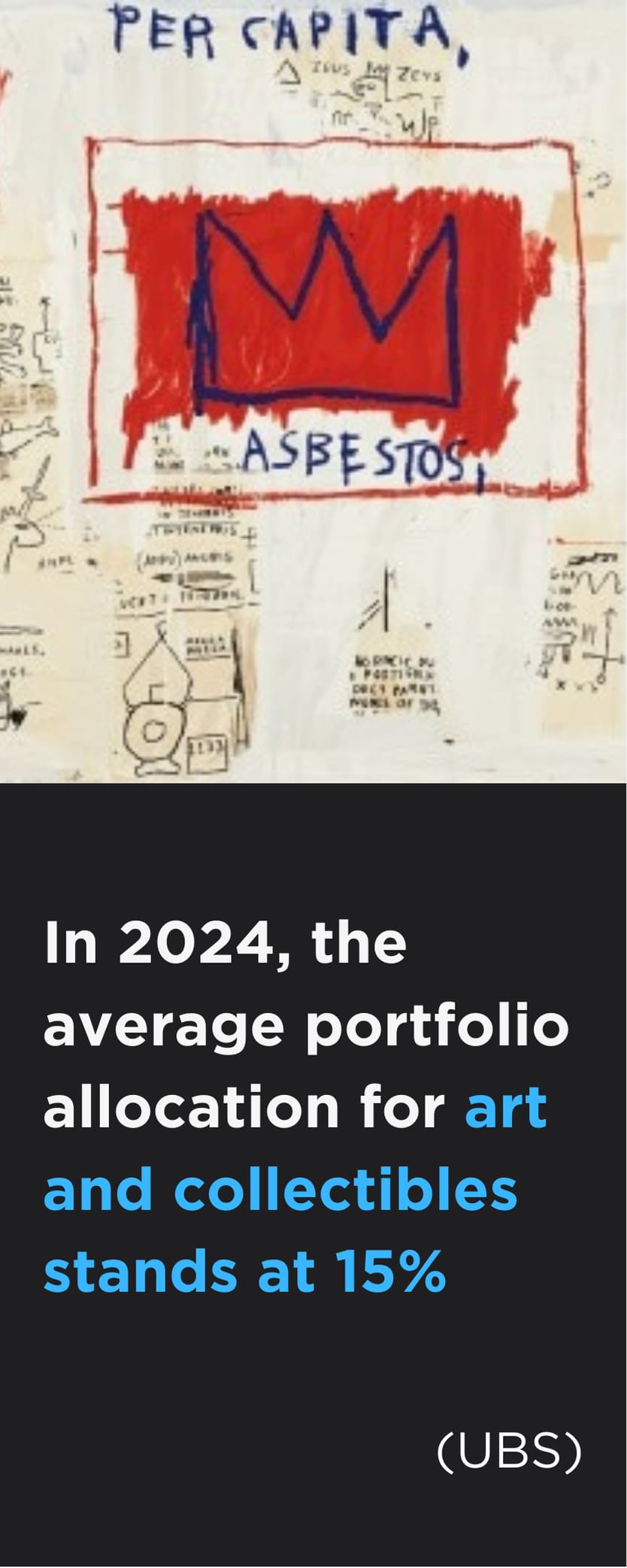Founded on November 7, 1929, just nine days after the historic stock market crash, MoMA has become a global icon, promoting modern and contemporary art while inspiring generations of artists and collectors.
A New Vision for Art
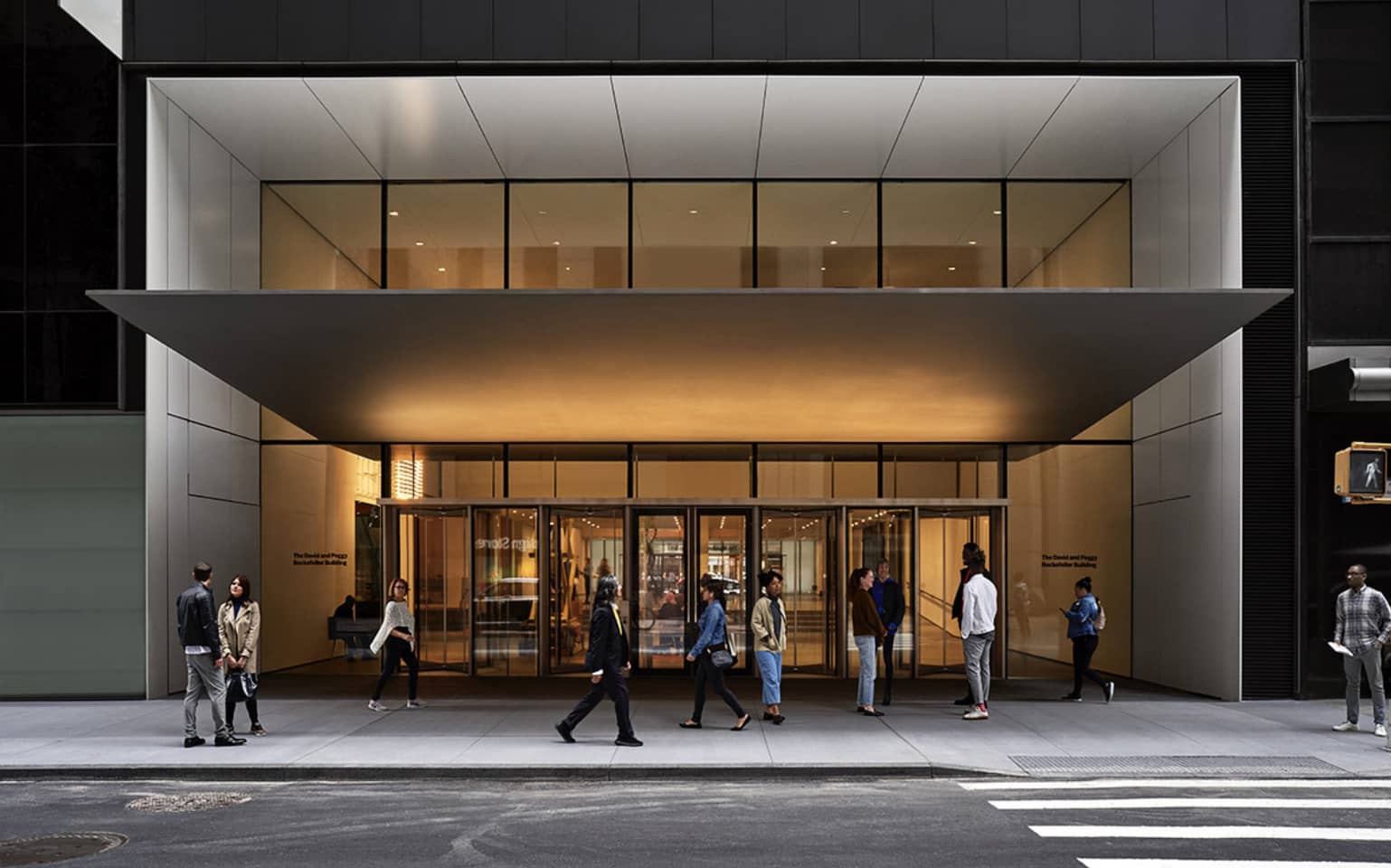
MoMA was established at a pivotal moment in history, just days after the Wall Street Crash. The museum’s founders, Abby Aldrich Rockefeller, Lillie P. Bliss, and Mary Quinn Sullivan, envisioned an institution that would focus solely on modern art, challenging conservative artistic norms and celebrating innovation. Under the leadership of its first director, Alfred H. Barr Jr., MoMA pursued this bold vision, significantly influencing public understanding and appreciation of modern and contemporary art. Starting with a modest donation of eight prints and one drawing, MoMA’s collection has grown to include over 200,000 pieces, encompassing paintings, sculptures, photographs, architectural models, design objects, and more. Today, it holds one of the world’s premier collections of 20th- and 21st-century art, offering an unmatched breadth of creative expression.
Pioneering Exhibitions and Expanding Horizons
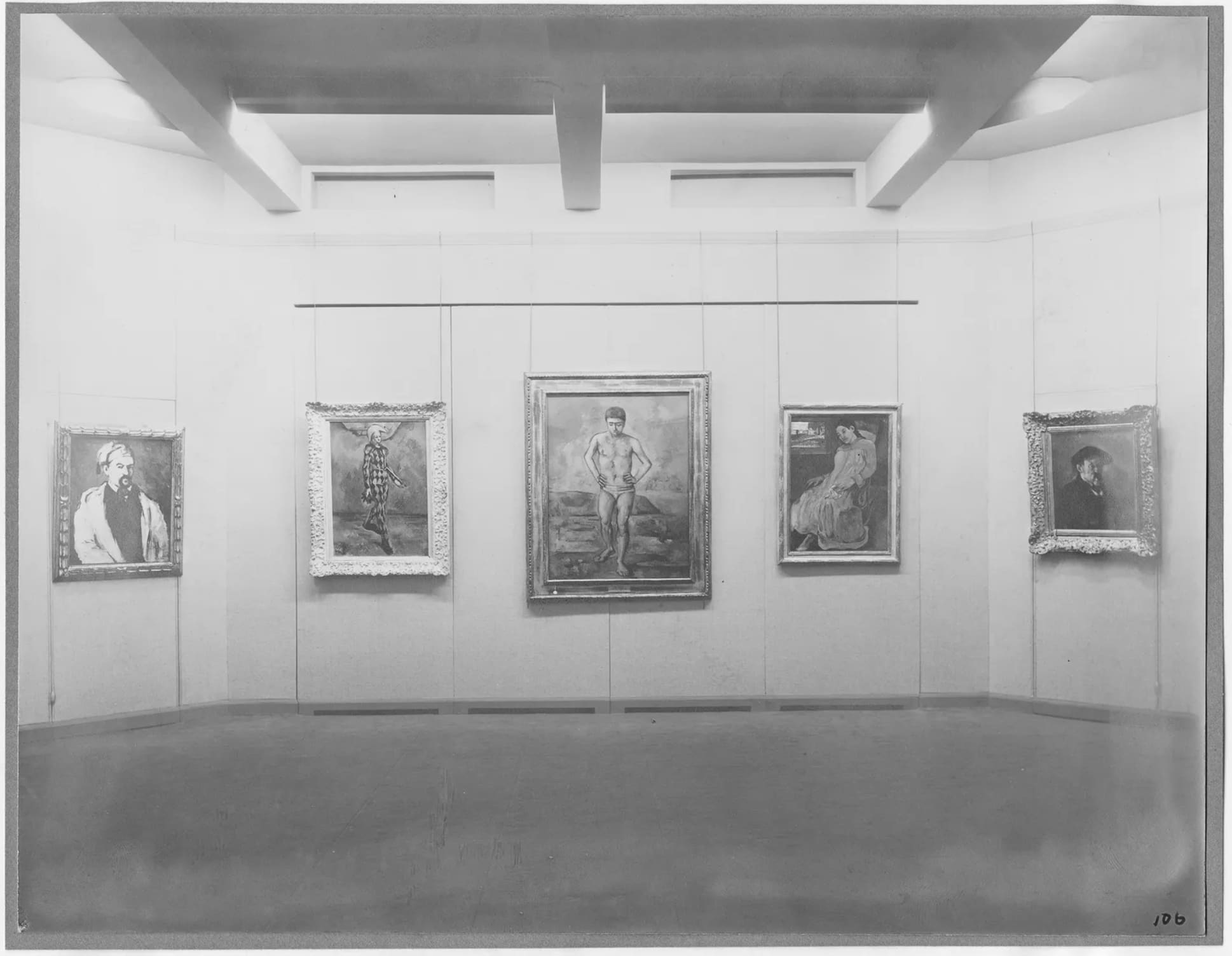
First exhibition at MoMA in 1929
From its earliest exhibitions, MoMA demonstrated a commitment to showcasing new artistic forms. Its inaugural exhibition in 1929 featured works by Cézanne, Gauguin, Seurat, and Van Gogh, drawing over 47,000 visitors and establishing MoMA as a dynamic force in New York’s cultural landscape. Landmark exhibitions, such as the 1932 showcase of modern architecture curated by Philip Johnson and Henry-Russell Hitchcock, introduced the International Style to the United States. In 1933, MoMA established the first photography department in a museum, setting a precedent for institutions worldwide.
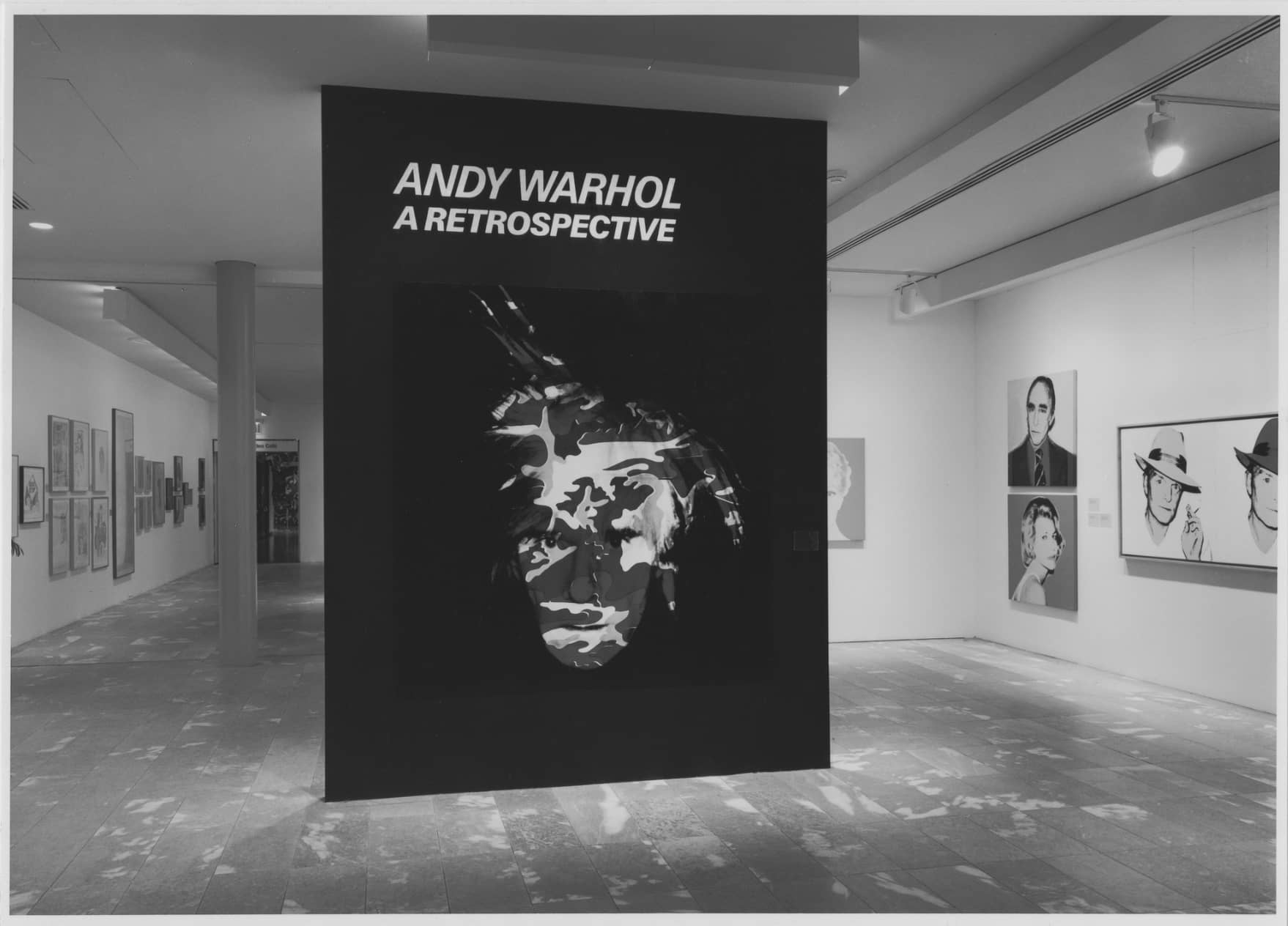
"Andy Warhol: A Retrospective", exhibition at MoMA in 1989
MoMA's commitment to innovation is reflected in the careers of numerous influential artists.
- For instance, Andy Warhol solidified his status as a pop art icon through the 1989 retrospective "Andy Warhol: A Retrospective," which featured over 300 works from his career and significantly enhanced his posthumous market value. In addition, Warhol's participation in the landmark 1963 exhibition "Americans 1963" introduced his distinctive pop art style to a broader audience.
- Jean-Michel Basquiat, while he did not have a solo retrospective at MoMA during his lifetime, was featured in several significant exhibitions. Notably, his inclusion in the 1984 exhibition "An International Survey of Recent Painting and Sculpture" established his reputation as a prominent figure in the art world. Since his passing, Basquiat has been celebrated in over 16 solo exhibitions, further solidifying his legendary status.
- Jeff Koons has featured in more than 18 significant exhibitions at MoMA, including the comprehensive 2014 retrospective "Jeff Koons: A Retrospective," which reinforced his reputation as one of the most influential contemporary artists and likely contributed to the high market values of his work.
- Keith Haring also made his mark at MoMA, having his artwork showcased in over 15 exhibitions. His participation in "An International Survey of Recent Painting and Sculpture" in 1984 significantly elevated his status within the mainstream art community, while numerous subsequent exhibitions have solidified his lasting appeal.
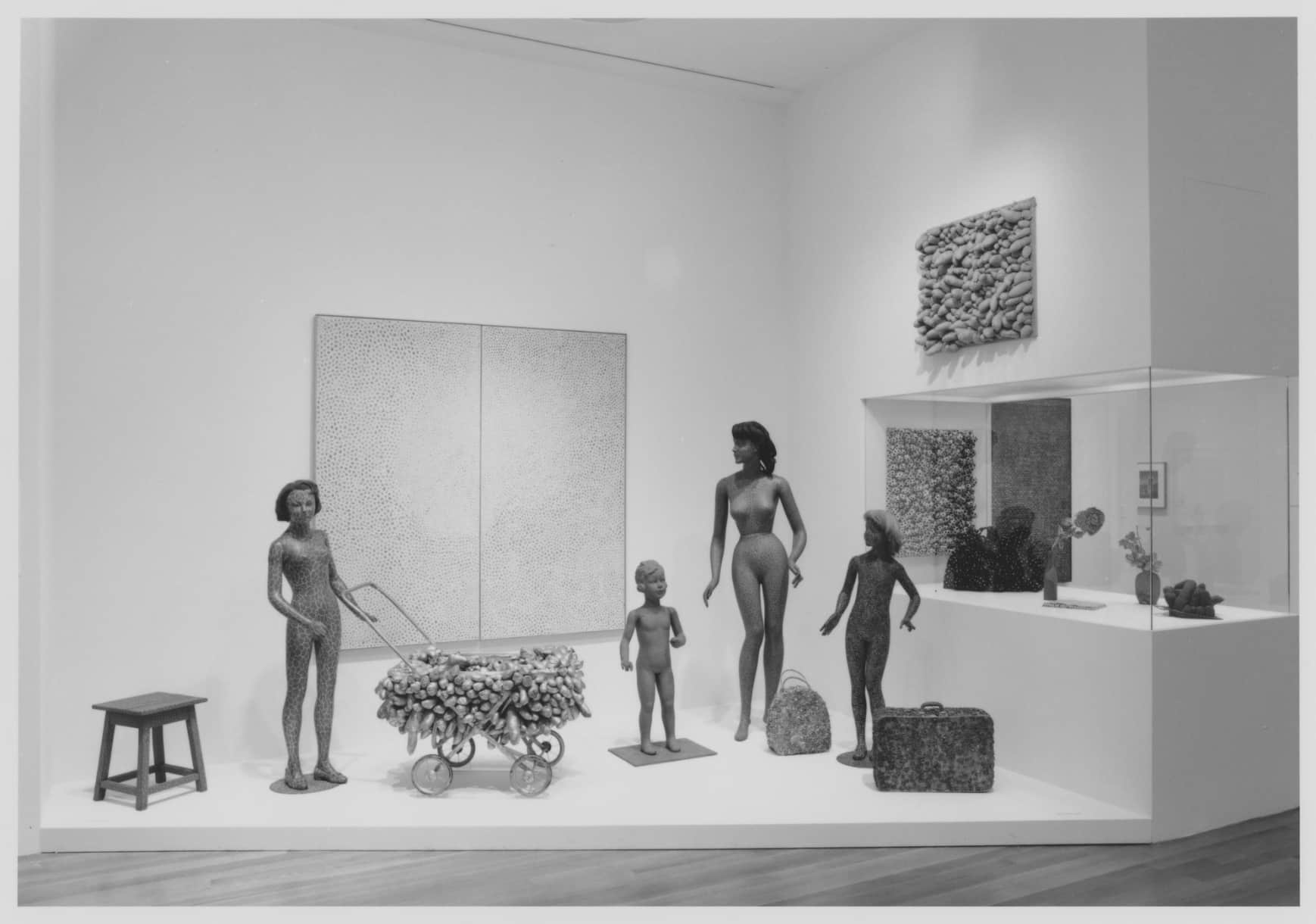
"Love Forever: Yayoi Kusama 1958–1968", exhibition at MoMA in 1998
- Yayoi Kusama has had a notable yet complex relationship with MoMA. The museum held a retrospective titled "Love Forever: Yayoi Kusama, 1958–1968" in 1998, which played a crucial role in reintroducing her work to American audiences, contributing to her late-career resurgence. Since then, her work has been featured in at least 36 exhibitions at MoMA, and her pieces make up over 112 works in the museum's permanent collection, reflecting the high demand for her art.
- Roy Lichtenstein, a leading figure in the pop art movement, has been featured in over 106 exhibitions at MoMA. A significant retrospective of his work in 1987 solidified his status, while his earlier participation in the "Americans 1963" exhibition alongside Andy Warhol was instrumental in establishing pop art as a prominent movement.
These milestone events at MoMA have played crucial roles in shaping the careers and market values of these artists, often serving as milestones that elevated their status in the art world and increased demand for their work among collectors.
Celebrating Diversity and Embracing New Voices

Maddox with data from ArtData
As it nears a century, MoMA has embraced a commitment to diversity, aiming to better represent female artists, artists of color, and voices outside the Western tradition. The museum’s inclusivity efforts have seen female representation in exhibitions grow from 12% in 1942 to nearly 40% by 2023, according to ArtData. This expansion reflects MoMA’s recognition of the importance of showcasing diverse perspectives, from emerging young artists to those historically overlooked, bringing invaluable viewpoints to the art world. MoMA has become an icon for the next generation of artists, with 29% of the 11,451 artists who exhibited being between the ages of 20 and 40, demonstrating the museum's role in nurturing new talent.
Evolving with the Times and Shaping the Future
MoMA’s ability to evolve has been critical to its lasting success. With over 1,041 solo and 1,243 group exhibitions to date, MoMA continuously redefines art's boundaries while remaining true to its core mission of celebrating innovation. Recent expansions, including a 2019 redesign, have enabled MoMA to engage with a broader range of artistic voices, reaffirming its commitment to inclusivity and relevance in the 21st century.
Approaching its 95th year, MoMA’s legacy as a transformative cultural institution is firmly established. The museum remains a dynamic platform for exploring the evolving discourse on art, driven by a legacy of innovation, a commitment to education, and a dedication to artistic excellence. As MoMA adapts to an ever-changing cultural landscape, it stands as both a custodian of art history and a pioneering force shaping the future of art and its role in society. The art world eagerly anticipates what the next chapter will bring, as MoMA continues to inspire artists, collectors, and audiences around the globe.
